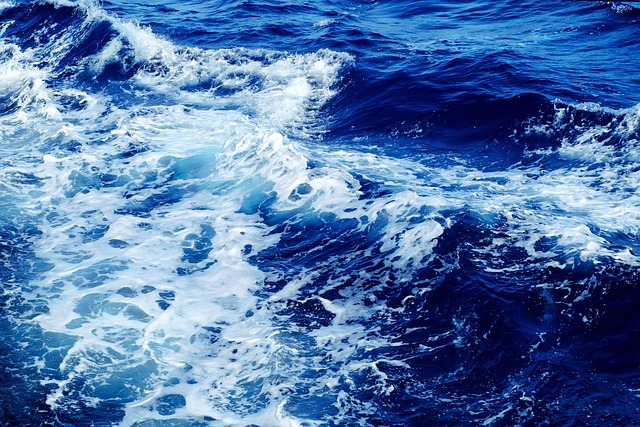The development of cabling innovations can enhance the efficiency and scalability of wind energy systems, helping the UK meet its renewable energy targets and reduce carbon emissions.
One key area of development is high-voltage direct current (HVDC) technology.. By reducing energy losses, HVDC cables ensure that more of the power generated by wind turbines reaches the grid, improving the overall efficiency of wind power projects. Ongoing advancements in HVDC technology, such as increased voltage capacity and improved insulation materials, are making this technology more viable and cost-effective.
Subsea cable materials and designs are also evolving to better withstand harsh marine environments. Offshore wind cables must be robust enough to endure high pressures, saltwater corrosion, and dynamic stresses caused by waves and currents. Innovations in durable materials, such as polyethylene and cross-linked polyethylene (XLPE), offer enhanced protection and longevity for these cables. Additionally, new techniques in cable laying and burial are improving the installation process, reducing the risk of damage and ensuring greater stability on the seabed.
Fiber optic technology is another area where cable development is contributing to the wind energy sector. The integration of fiber optics within power cables allows real-time monitoring of temperature, strain, and other conditions along the length of the cable.
Furthermore, efforts are being made to increase the power capacity of wind farm cables. As offshore turbines grow larger and more powerful, cables need to carry higher electrical loads. Research into superconducting materials, which offer near-zero electrical resistance, holds promise for future cable systems capable of transporting massive amounts of energy with minimal losses. Though still in the experimental phase, these materials could revolutionize cable technology in the long term.
Finally, environmental considerations are driving innovations in cable production and deployment. Developers are seeking ways to minimize the ecological impact of cable installation and operation, such as reducing the disruption to marine habitats during cable laying and designing cables with eco-friendly materials. These advances not only contribute to sustainability but also align with broader efforts to ensure that renewable energy infrastructure has minimal negative environmental effects.

Be the first to comment on "How the UK can take advantage of developments in cabling technology for offshore wind projects"